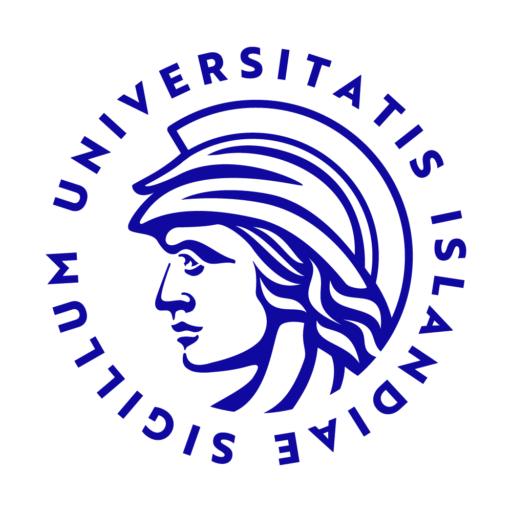Main author: Jon Johannes Jonsson
Institution or Company: Dept. of Genetics and Molecular Medicine, Landspitali, Dept. of Biochemistry and Molecular Biology, BioMedical Center, Faculty of Medicine, University of Iceland
Co-authors, Institution or Company:
Daniel A. Thorsteinsson (presenter), Faculty of Medicine, University of Iceland. Vigdis Stefansdottir, Dept. of Genetics and Molecular Medicine, Landspitali. Thor Eysteinsson, Dept. of Physiology, BioMedical Center, Faculty of Medicine, University of Iceland, Dept. of Ophthalmology, Landspitali. Sigridur Thorisdottir, Dept. of Ophthalmology, Landspitali.
Introduction: The study objective was to delineate the genetics of inherited retinal degenerations (IRDs) in Iceland, a small nation of 364.000 and a genetic isolate. Benefits include delineating novel pathogenic genetic variants and defining genetically homogenous patients as potential investigative molecular therapy candidates.
Materials and Methods. The study sample comprised patients with IRD in Iceland ascertained through national centralized genetic and ophthalmological services at Landspitali, a national social support institute, and the Icelandic patient association. Information on patients’ disease, syndrome, and genetic testing was collected in a clinical registry. Variants were reevaluated according to ACMG/AMP guidelines.
Results. Overall, 140 IRD patients were identified (point prevalence of 1/2.600), of which 70 patients had a genetic evaluation where two-thirds had an identified genetic cause. Thirteen disease genes were found in patients with retinitis pigmentosa, with the RLBP1 gene most common (n=4). The c.1073+5G>A variant in the PRPF31 gene was homozygous in two RP patients. All tested patients with X-linked retinoschisis (XLRS) had the same possibly unique RS1 pathogenic variant, c.441G>A (p.Trp147X).
Conclusions. Pathologic variants and genes for IRDs in Iceland did not resemble those described in ancestral North-Western European nations. Four variants were reclassified as likely pathogenic. One novel pathogenic variant defined a genetically homogenous XLRS patient group.

